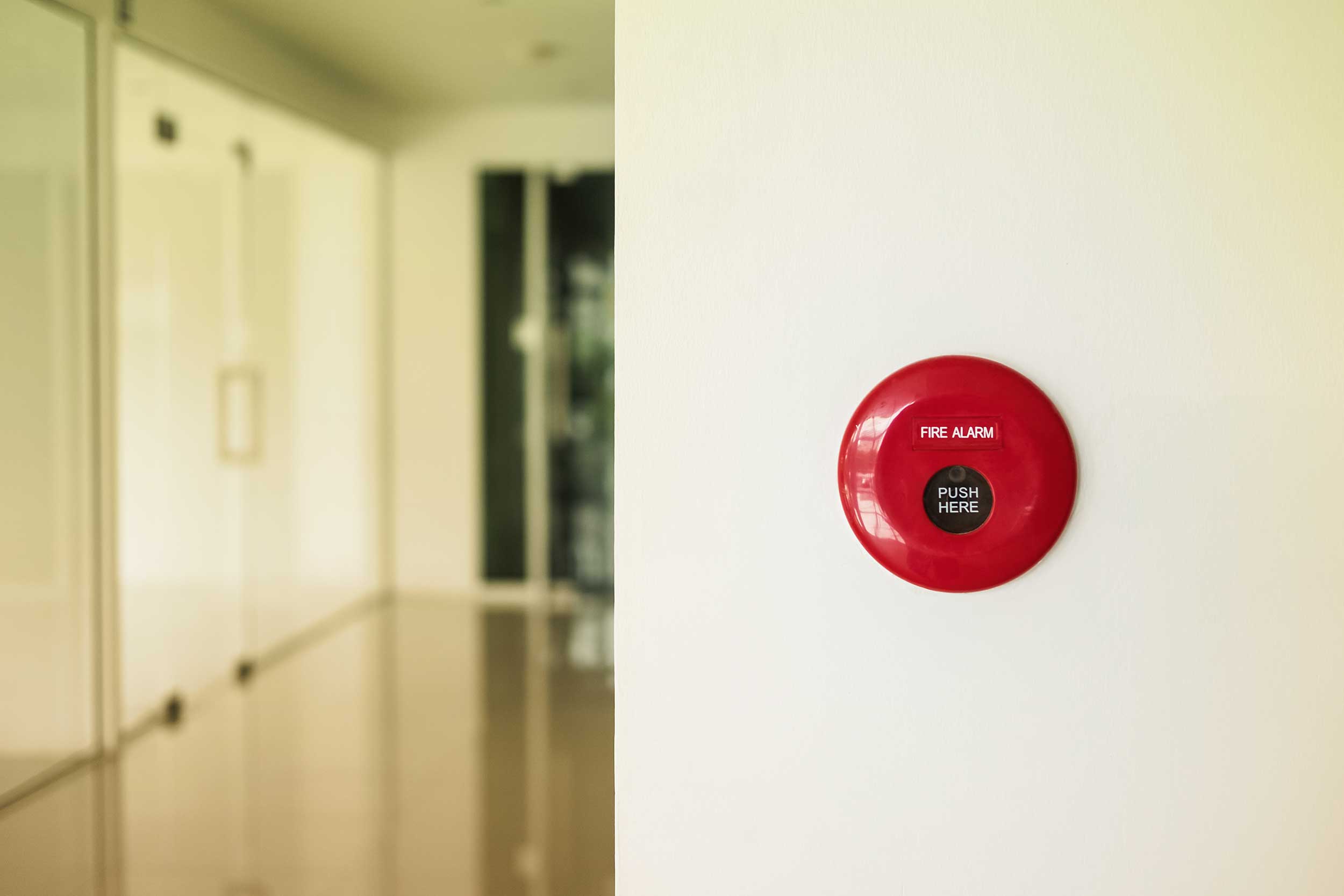
Fire prevention systems NYC protect buildings from fires. They can be Active, Passive, Dry, or Hybrid. Let’s learn about each type, why it is important and some common misconceptions about fire protection. In addition to preventing fires, these systems protect buildings from other hazards, including smoke and odor.
Active fire protection
Office building construction has minimal standards of passive and active fire protection systems. It is because only a few components were practiced according to standards and regulations. Several aspects of passive and active fire protection systems were not practiced, including damage to alarm circuits and incomplete hydrants. The failure to control fire risks could result in heavy losses for the organization, loss of property, financial loss, and even legal repercussions.
Passive fire protection
Many buildings do not incorporate passive fire protection systems during the design stage, but VFS and smoke curtains greatly add to older buildings. Both passive and active fire protection systems help prevent catastrophic injuries and loss of life and property. Here are some tips for building passive systems. To protect your building, contact a professional fire protection specialist to help you decide which ones are right for your property. In addition, make sure that you install them properly.
Dry fire protection
Dry fire protection systems include sprinklers and a sensing element that operate independently of each other. Sprinklers are typically spaced from one another by a few feet. The sensing element generates a voltage in response to changes in temperature. In the event of a fire, the system activates sprinklers before the fire detection devices detect the presence of fire. Dry fire protection systems protect structures of varying sizes and types.
Hybrid fire protection
The NFPA research foundation recently conducted a literature review of hybrid fire protection systems. This new system extinguishes fires without using chemicals or other substances that may harm the environment. Instead, this system uses a cyclonic distribution of nitrogen and water particles. As a result, this system offers a better solution to fire suppression for power generation facilities.
Pre-action fire protection
You have probably encountered pre-action fire protection systems when considering a fire protection system. Pre-action systems use a combination of wet and dry components to fight fires. These systems typically have closed sprinkler heads, while deluge systems have open sprinkler heads. Pre-action systems are best for sensitive environments, such as museums, computer centers, and data centers. However, they do have some drawbacks.
Fire doors
Fire doors are a vital component of any fire prevention system and must be regularly inspected and maintained. Local and state regulations specify the frequency of such inspections and require fire doors to meet certain requirements. In addition, proper fire door maintenance is essential for protecting the lives and property of employees and customers. If these doors fail to provide adequate fire protection, they may lead to additional damage or even loss of life. It is, therefore, important to follow the guidelines for fire door inspections and maintenance.
Foam extinguishing systems
Foam extinguishing systems are used in situations where water alone would not be sufficient. It is particularly effective against combustible liquids and highly flammable gases. The foam can effectively separate burning material from oxygen, preventing the fire from spreading. Attempting to put out a fire with water alone is highly ineffective as the liquid could easily reignite. The foam-water mixture is also extremely volatile and may explode as a result.
